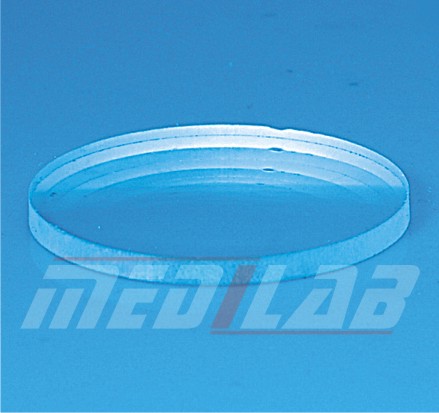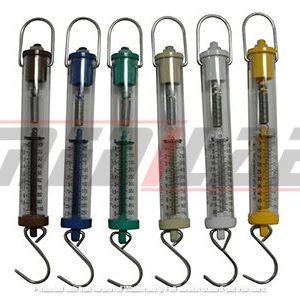Description
A double concave lens, also known as a diverging lens, is a lens that is thinner at its center than at its edges. The lens is concave on both sides, which causes light rays passing through it to diverge or spread apart. This makes the double concave lens useful for correcting certain types of vision problems, as well as for other scientific and optical applications.
When light rays pass through a double concave lens, they are refracted or bent away from the center of the lens. This causes the light to spread out and appear smaller and farther away than it actually is. This property is useful for correcting nearsightedness, which is a condition in which objects appear blurry when they are far away.
Double concave lenses are also used in scientific experiments and optical devices. For example, they can be used to create a virtual image in a microscope or to reduce the size of an image in a projector. Additionally, they can be used to split and disperse light in spectroscopy or to create a diverging laser beam in certain types of scientific experiments.







